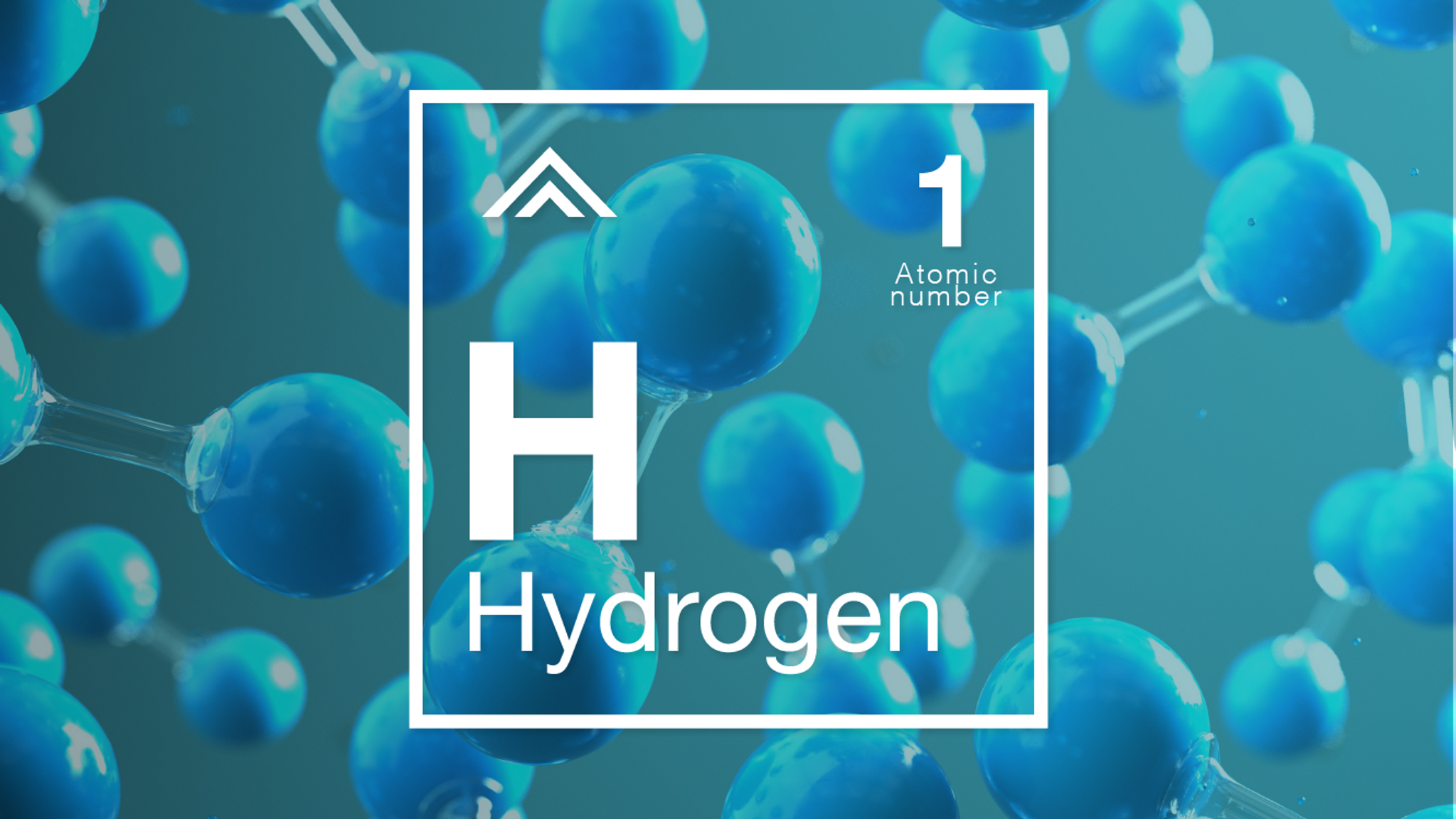Hydrogen 101
Abs Bulbuliya
Published on

To achieve global carbon reduction targets the world needs a clean energy source that can decarbonise the hard-to-reach sectors of our economy, where electrification may otherwise not be able to reach. Clean hydrogen provides this opportunity but the road to get there is far from smooth.
According to the insight report from Hydrogen Council, McKinsey & Company, hydrogen has become a pillar of the decarbonised energy transition globally. At the beginning of 2021, over 200 hydrogen projects exist across the value chain in different continents. More than 30 countries across the globe have disclosed Hydrogen development roadmaps. Deployment and investments have increased rapidly. If all the projects are finally achieved, total investments will exceed US$300 billion by 2030.
But what is the 101 of hydrogen? What’s the difference between Green and Yellow hydrogen? Blue and Grey hydrogen? How can hydrogen help in decarbonising the world? We’ll try and unpack some basics, starting with the colours.
The Hydrogen Rainbow
There are many paths to get to hydrogen and these paths are colour coded.
Green Hydrogen
Green hydrogen is hydrogen made with renewable electricity via electrolysis. In simple terms, renewable energy powers an electrolyser that zaps water (H20) and splits it into hydrogen gas (H2) and oxygen (O2), emitting zero carbon dioxide in the process. Green hydrogen is the cleanest and most preferred option by governments around the world to help accelerate their decarbonisation efforts - which we’ll expand on later.
Blue Hydrogen
Blue hydrogen is produced mainly from natural gas with the carbon emissions captured and stored or utilised for other industrial applications. Using a process called steam reforming, natural gas and heated water is brought together in the form of steam. The output is hydrogen and carbon dioxide. The carbon dioxide is caught through Carbon Capture, Utilisation and Storage (CCUS) using empty underground gas and oil reservoirs or utilised in industrial applications.
Grey Hydrogen
Grey hydrogen is essentially any hydrogen created from fossil fuels (usually gas, oil, and coal) without capturing the greenhouse gases made in the process. You will also hear the terms Brown Hydrogen (hydrogen made from brown coal) and Black Hydrogen (hydrogen made from black coal). Both are forms of Grey hydrogen. The important thing to understand with Grey Hydrogen is carbon dioxide is emitted in the process without it being captured.
Turquoise, Pink, Yellow, and White
Turquoise hydrogen is a by-product of methane pyrolysis (splitting methane into hydrogen gas and solid carbon). Turquoise hydrogen can be considered low-emission if the process is powered with renewable energy and the carbon is permanently stored.
Pink hydrogen refers to hydrogen generated through electrolysis powered by nuclear energy.
Yellow hydrogen refers to hydrogen generated through electrolysis powered by a mix of energy sources for example a mix of renewable and fossil power from the grid.
White hydrogen is naturally-occurring hydrogen found in underground deposits. This type of hydrogen is extremely difficult to be directly extracted.
Hydrogen and Decarbonisation
Hydrogen especially green hydrogen is now a centrepiece of energy transition across most countries in Europe, North America, and Asia. We will look at some sectors where hydrogen will play a key role in the energy transition, but first, what can you do with 1kg of hydrogen? In a hydrogen fuel cell vehicle you can travel 100km. You can run an air conditioning unit for around 14 hours and 1kg of clean hydrogen (green or blue) voids 15kg of CO2.
Decarbonising Transportation
Fuel Cell Electric Vehicles (FCEVs) offer a driving range and refuelling time similar to conventional vehicles. FCEV has the potential to expand the scope of electric mobility to long-range and high-utilisation road vehicles such as trucks and buses, trains, ferries and industrial vehicles such as forklifts. FCEVs face multiple challenges including commercialisation of the technology, hydrogen refuelling infrastructure roll out, and an economic business case to compete with current Internal Combustion Engine (ICE) and Battery Electric Vehicle (BEV) technologies.
Decarbonising Industry
Industries such as Chemicals, Refining, Iron & Steel, Cement, and Manufacturing are already using hydrogen or can become a significant use case for hydrogen. In Chemicals such as ammonia production hydrogen is a key component of existing processes (known as feedstock). In refineries, hydrogen is used for hydrocracking and for desulphurisation of fuels. Using green or blue hydrogen will help decarbonise the process and is expected to be early use cases for carbon free hydrogen. For most industrial processes heat is a major component. Hydrogen can be part of the fuel source providing the heating further helping to decarbonise the process and the final product.
Decarbonising the Grid
Hydrogen is narrowing towards two applications for helping decarbonise the grid. One is blending hydrogen with natural gas to provide a blended fuel for industrial, commercial, and residential needs. In 10 years from now we might be cooking our dinner using a hydrogen natural gas blend. This is not without its challenges. Safety being the biggest one. Hydrogen is corrosive and the existing gas pipeline network would need upgrading to allow this to happen.
The second application is to provide grid resilience. More renewables coming onto the grid has inherently made grid resilience a significant challenge. Battery storage, demand side management, and virtual power plants solutions are all playing a role in providing grid resilience but hydrogen has a secret weapon of being storable in unlimited quantities. This gives hydrogen a huge advantage in providing grid resilience whether that’s through converting excess energy into hydrogen or converting stored hydrogen into electricity in times of low renewable generation. There are challenges faced including the economics stacking up.
Hydrogen Clusters accelerating the hydrogen industry
Hydrogen will play a role in the energy systems of the future. The significance of that role is yet to be determined but with increasing investment in technology and commercialisation initiatives across the globe the role looks to be significant. To accelerate the hydrogen economy in Australia NERA announced the establishment of 13 regional Hydrogen Technology Clusters as a crucial step in building the skills, capacities and commercialisation opportunities necessary to unlock Australia’s enormous potential to create a globally competitive Hydrogen Industry.
Startupbootcamp is leading the Greater Geelong Hydrogen Technology Cluster with support from over 20 organisations and a community spanning industry, government, academia, entrepreneurs, and investors. To learn more and to keep up to speed on hydrogen insights and innovations please register your interest. We’d love to chat and see how we can collaborate.
